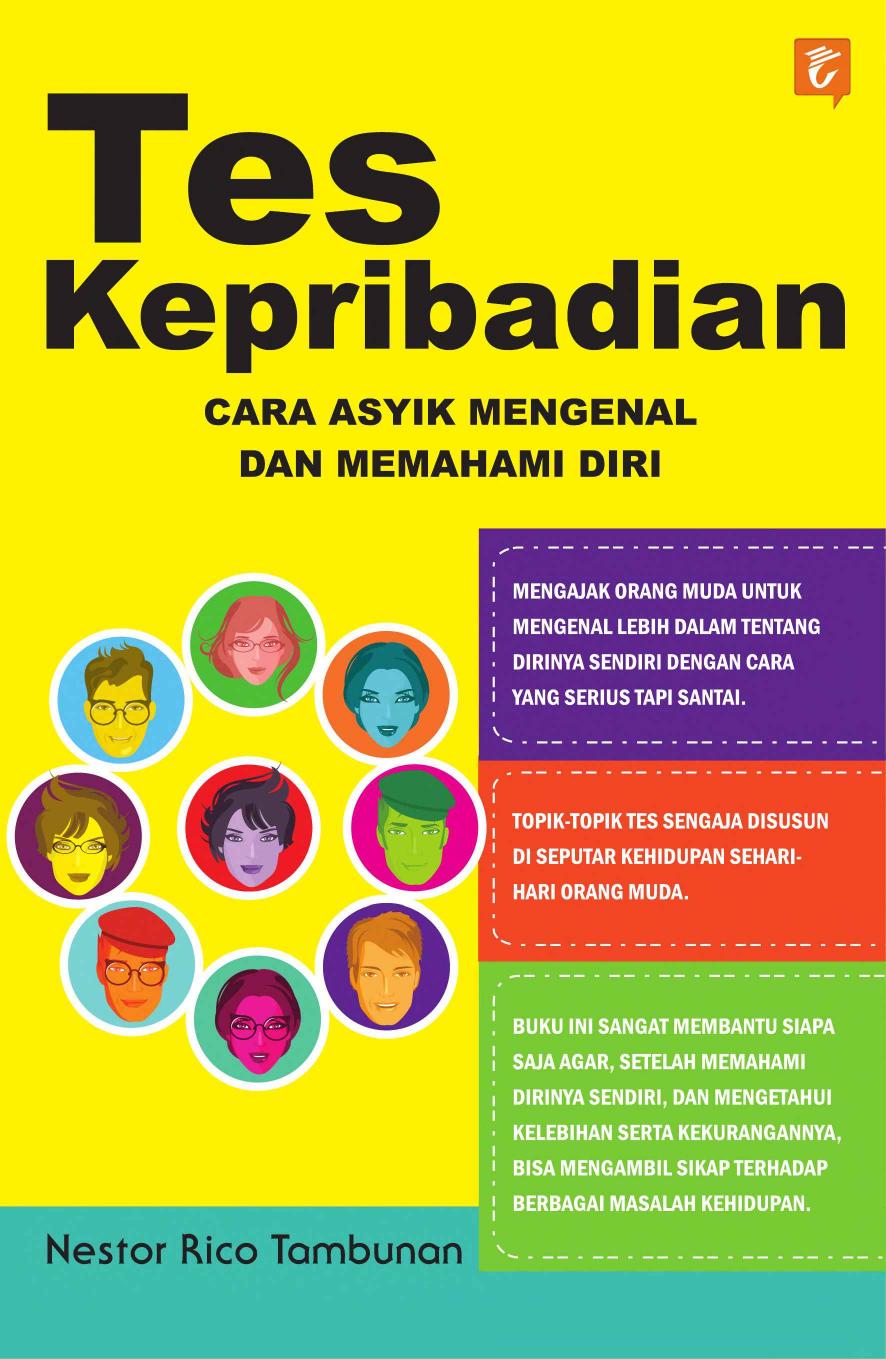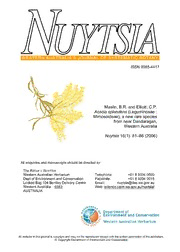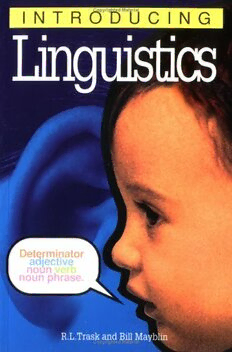
Preview Introducing Linguistics
Introducing...a brilliant series of guides in a new updated format INTRODUCING Postfeimiism ' “Written with verve and “Remarkably effective" political purpose” The Guardian The GuaidiaD March 1999 March 1999 This edition not for sale in USA March 1999 "Clever and witty" "Brilliantly wide-ranging" The Guardian Sunday Times March 1999 March 1999 Chaos March 1999 "Packed with information" "Little short of inspired" "Most recommended” The Times Washin0on Post Time Out March 1999 March 1999 March 1999 This edition not for sale in USA This edition not for sale in USA April 1999 April 1999 May 1999 Published in the United Kingdom Published in the United States in 2000 by Icon Books Ltd., in 2001 by Totem Books Grange Road, Duxford, Inquiries to: Icon Books Ltd., Cambridge CB2 4QF Grange Road, Duxford, email: info@iconbooks.co.uk Cambridge CB2 4QF UK www.iconbooks.co.uk email: info@iconbooks.co.uk www.iconbooks.co.uk Distributed in the UK, Europe, Canada, South Africa and Asia by the In the United States, Penguin Group: Penguin Books Ltd., distributed to the trade by 27 Wrights Lane, London W8 5TZ National Book Network Inc., 4720 Boston Way, Lanham, Published in Australia in 2000 Maryland 20706 by Allen & Unwin Pty. Ltd., PO Box 8500, 9 Atchison Street, Library of Congress catalog St. Leonards NSW 2065 card number applied for ISBN 1 84046 169 1 Text copyright © 2000 R.L. Trask Illustrations copyright © 2000 Bill Mayblin The author and artist have asserted their moral rights. Originating editor: Richard Appignanesi No part of this book may be reproduced in any form, or by any means, without prior permission in writing from the publisher. Printed and bound in the UK by Biddles Ltd., Guildford and King’s Lynn R. L. Trask and Bill Mayblin Edited by Richard Appignanesi 4 ICON BOOKS UK V TOTEM BOOKS USA A Brief History of Linguistics Human beings have probably been speaking for as long as we have existed, but it was oniy around 3,000 years ago that anybody began to be curious about language and to start examining it, This happened independently in two places. An Indian Linguist Pacini's life {circa 5th century BC) is unknown, but his work, the Astadhayayi, is a culmination of earlier studies in phonology and grammar. Papini’s approach to grammar requires that the pieces of words should first be glued together in order. Rules should then be applied to convert these sequences into the correot surface forms. Panini worked on Sanskrit, but we can illustrate his method very well with English. Consider the verb penetrate and its related adjective impenetrable meaning “not able to be penetrated”. This consists of the negative prefix 111 - (as in insane), penetrate the stem Me and the suffix - So, to start with, we have in-penetrate~ble Now we need some rules, which we will apply to pronunciation, not necessarily to spelling. First, if a verb-stem ends in -ate immediately followed by another oonsonant (like b), drop the t of the verb-stem. Second, if we now have a long A sound followed by the suffix -ble, change this long A to the weak vowel found in the last syllable of circus and carrot. Third, if an n is immediately followed by a consonant pronounced with the lips, like b, change the n to m. These rules produce the required result: impenetrable I'LL BE DOING SOMETHING LIKE THIS... BUT MUCH, MUCH LATER! Papini’s formal style of phonological analysis looks ahead 2,000 years to Noam Chomsky’s approach in the 1960s - and, in fact, Chomsky has acknowledged his tribute to the Indian grammarian. The Greek Origins of Linguistics Even though the Indian tradition \was much the more sophisticated of the two, it was the Greeks The Greek verb leipo “leave", who founded the European tradition. like any Greek verb, has more than 300 distinct forms. The great Greek scholar Aristotle (384-322 BC) took the first step. leipein to leave leipon leaving leipsein to be going to leave leipson going to leave lipein having left leipo I leave leipeis you (singular) leave leipei he/she leaves leipomen we leave leipete you (plural) leave leipousi they leave leipo (that) I may leave leipoimi may I leave leipso I will leave leipsoimi may I leave (future) elipon I left lipo (that) I might leave lipoimi might I have left leloipa I have left eleloipe I had left leipomai I remain SUBJECT: PREDICATE; The King of Persia ■ took a vast army into Greece. leipomai I will remain Aristotle went no further, but this division is still elipomen I remained recognized today, as a fundamental part of the analysis of sentences. leleimmai I have remained leiphthisomai I will be left eliphthen I was left Grammar or Parts of Speech The Greek work culminated in the writings of Apollonius Dyscolus (110-175 AD) and Dionysius Thrax (second to first centuries BC). It was Thrax who produced the first complete grammar of Greek, only parts of which survive today. Ancient Greek was a language in which most words could take lots and lots of different endings for grammatical purposes. By looking at the behaviour of Greek words, and especially at these endings, Thrax concluded that Greek words fell into just eight classes, which we call the parts of speech. Thrax’s description of Greek would become the basis of all grammatical description in Europe until well into the 20th century, even though his eight classes were later modified. Latin Grammar After the Roman conquest of Greece in the mid-2nd century BC, Roman scholars learned of the Greek work, and they began to apply the same analysis to their own language, Latin. THIS COPYING DIDN'T TURN OUT TOO BADLY, BECAUSE LATIN WAS RATHER SIMILAR TO GREEK IN ITS STRUCTURE. amicus bonus a good friend amici boni of a good friend amico bono to a good friend amicum bonum a good friend (object) amico bono (by/with/from) a good friend amici boni good friends amicorum bonorum of good friends amicis bonis to good friends amicos bonos good friends (object) amicis bonis (by/with/from) good friends The Graeco-Latin tradition was ultimately synthesized in the work of the most influential Roman grammarian, Priscian, who wrote in the 6th century AD. Priscian’s description of Latin is still what we find in most school textbooks of Latin today.
The list of books you might like

What Happened to You?

Do Epic Shit

Credence

The Subtle Art of Not Giving a F*ck

Charaksanghitar Darshanic Vabna-samikha

Der langste Tag. Normandie 6. Juni 1944

sraffa's mathematical economics – a constructive interpretation

By Magic Alone

By Rev. AJ Gordon, DD

North Carolina Symphony Book: Teacher Handbook

Die Tiefe
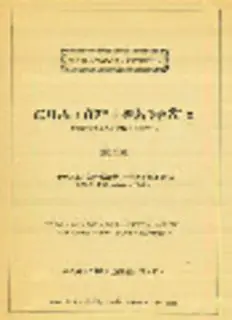
ግእዝ አማርኛ መዝገበ ቃላት

Bantam

Vehicle Routing under Consideration of Driving and Working Hours: A Distributed Decision Making Perspective
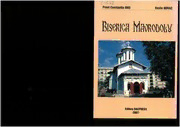
Biserica Mavrodolu din Pitești
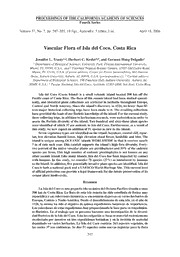
Vascular Flora of Isla del Coco, Costa Rica
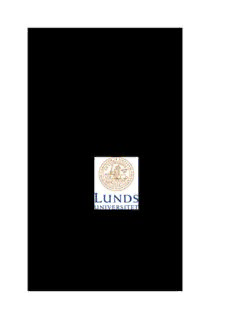
C-uppsats_30 maj
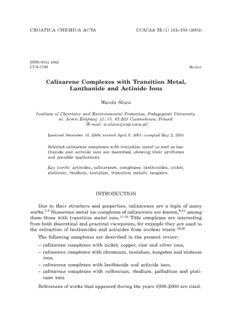
Calixarene Complexes with Transition Metal, Lanthanide and Actinide Ions

Amazon Cognito - 개발자 안내서

C uppsats Joni & Anton rev.2 .docx

Manhattanville College Tower Yearbook
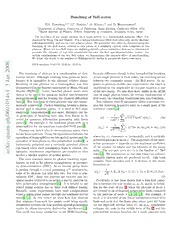
Bunching of Bell states
